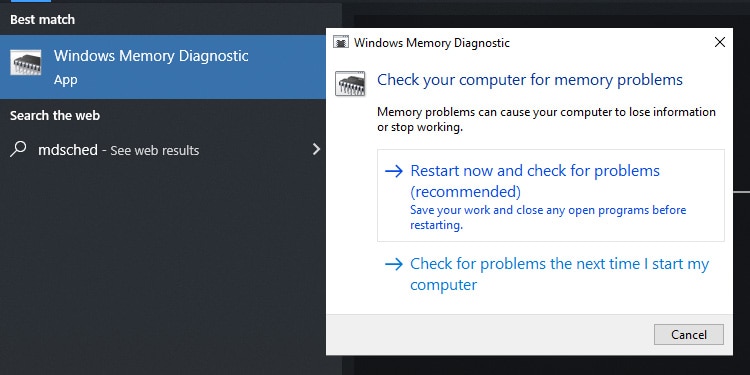The Steam games not updating error may prevent you from playing the titles you like. It’s not a severe error, and you can fix it with a quick workaround.
Specifically, the issue comes from not opening Steam with privilege rights, internet, or firewall errors.
Lastly, you’d identify the issue with the following error messages:
- An error occurred while updating [game title]
- An error occurred while installing [game title]
Steam Not Updating Games Causes
Steam not updating games is a common problem, as many users have experienced it. See, there’re about 120 million users on the platform monthly, so you’re probably not alone in this.
We even know the causes, and this information will help you trim down the solutions you need.
- Internet Errors: Unstable internet connections may difficult your Steam downloads. It happens when too many items are in the queue, as the platform becomes overloaded and incapable of processing requests.
- Windows Firewall: The built-in Firewall may be blocking your Steam. It happens because it deems Steam dangerous, therefore limiting its online features.
- Antivirus: Similarly, the antivirus prevents Steam from “changing” folders on your PC. It means it limits downloads, as it would change files on your PC.
- Administrator Privileges: Similarly, Steam needs administrator privileges to perform these kinds of changes on your PC.
- Download Cache: The Steam download cache could be corrupted or too full of old data. Dumping these files is the solution.
- Corrupted Game: Similarly, the game or app you’re trying to update is corrupted.
- Corrupted Hard drive: You may be unable to write data on your drive because it’s corrupted.
- Corrupted RAM: RAM errors may also cause Steam download and installation issues. This requires a hardware-level solution, like changing the RAM or reaching a tech specialist.
How to Fix Steam Games Not Updating?
If you have identified the problem after seeing the list above, you can go straight to the solution you need.
Otherwise, try the fixes, one by one, until you find the one that works.
Open Steam as an Administrator
Before you go on, let’s grant administrator rights to Steam:
- Go towards the Steam folder. It’s commonly:
C:\Program Files (x86)\Steam. - Find the
Steam.exe.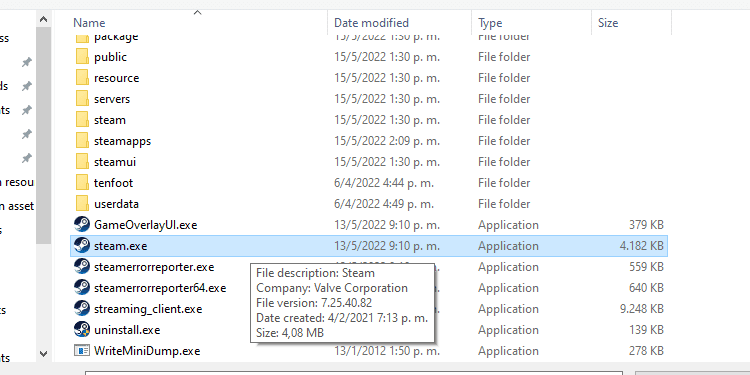
- Right-click Steam and select Properties.
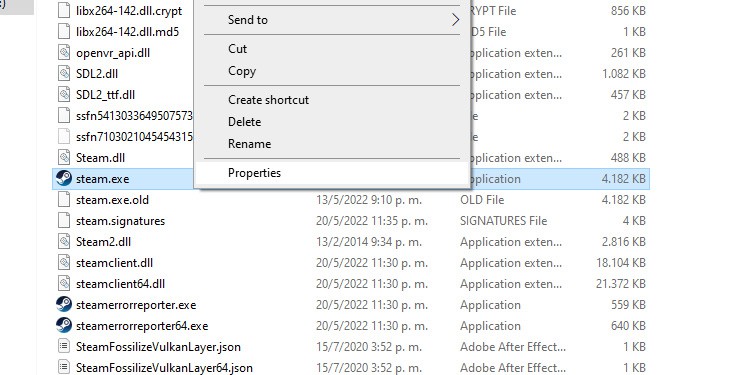
- Go to the Compatibility tab.
- Check the “Run as administrator” box.
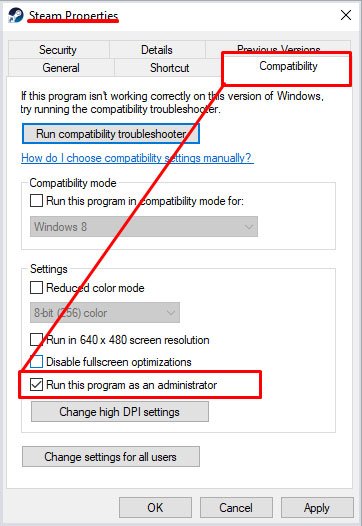
- Click Apply to confirm, and then Ok to close.
Now, anytime you open Steam, it will have administrator rights.
Alternatively, you can follow the steps below:
- Type Steam on your Windows search bar.
- Right-click the Steam icon.
- Select “Run as administrator.”
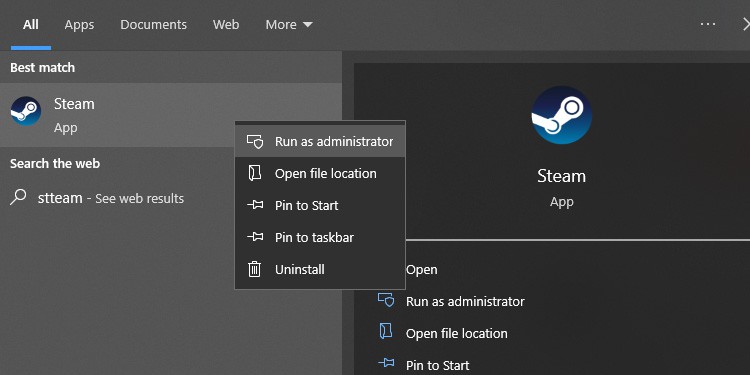
Clear the Steam Cache
Your first option is clearing the Steam’s download cache. After you do it, Steam will ask you to log back in with your credentials, so make sure you remember or store your password somewhere.
Here’re the steps:
- Open Steam.
- Click on Steam at the top left.
- Click on Settings.
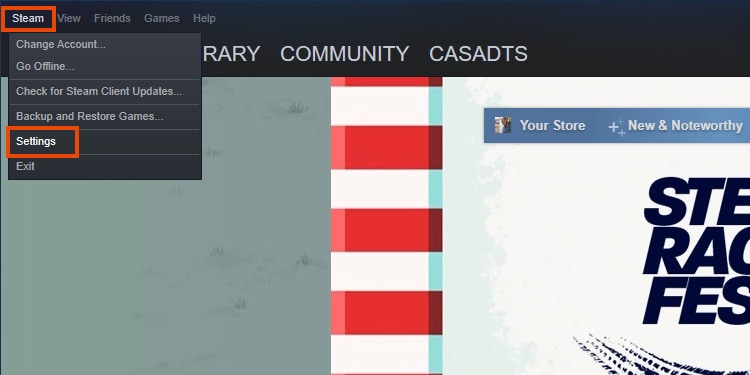
- Select Downloads.
- Select Clear Download Cache.
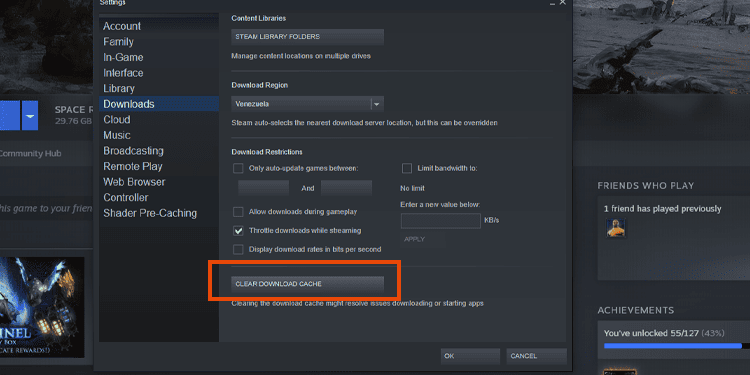
Repair the Steam Library Folder
The next step to ensure Steam is healthy is repairing the Steam Library Folder.
Here’s how to do it:
- Go to Steam.
- Select Steam at the top left.
- Select Settings.

- Click on Downloads.
- Click on Steam Library Folders.
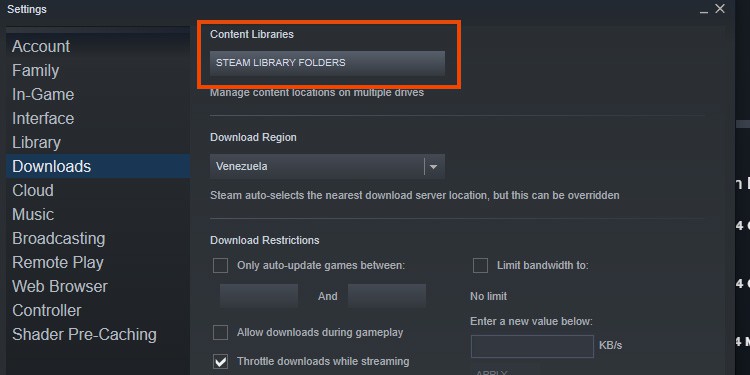
- Click on the three dots, and select Repair Library Folder.
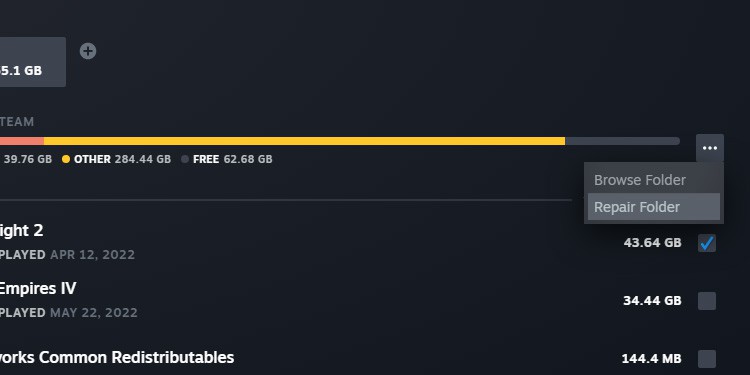
Repair Game Files
Next, we’re repairing the game files:
- Open Steam.
- Go to the Library.
- Right-click any game, and select Properties.
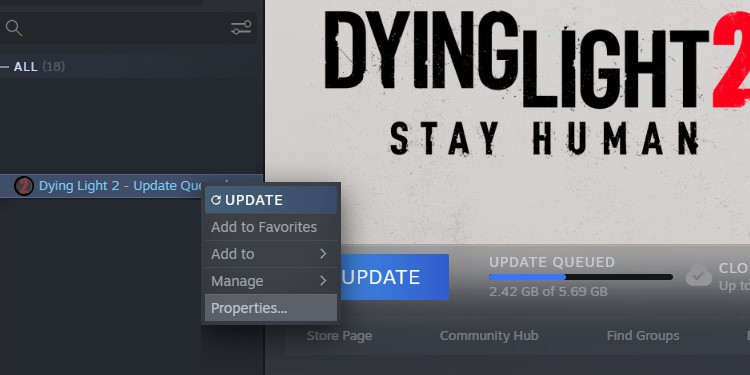
- Select Local Files.
- Select Verify integrity of game files.
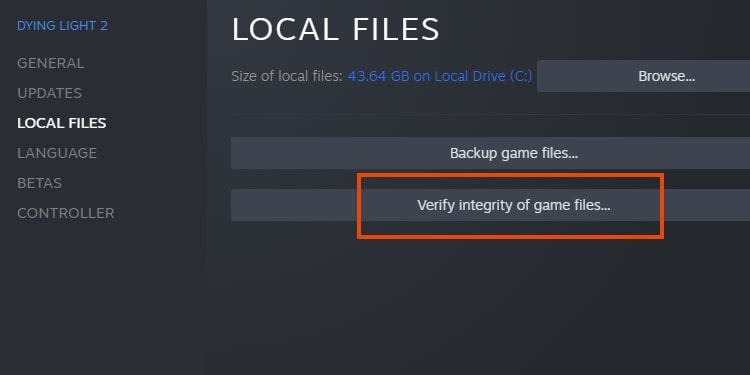
You would have to do this for all games, especially for the ones giving you trouble on download or update.
Move the Installation Drive
You can also try moving the game folder. It could be to a secondary drive, a folder outside the typical Program Files (x86). It won’t work if your PC only has a single purpose.
It works for three reasons:
- Perhaps your drive has damage.
- Perhaps your antivirus prevents you from changing anything within the Program Files Folder.
- It refreshes the library, which cleans random bugs.
Here’re the steps:
- Open Steam.
- Click on Steam at the top left.
- Click Settings.

- Click Downloads.
- Click on Steam Library Folders.

- Select Add new Library folder (it’s a “+” button).
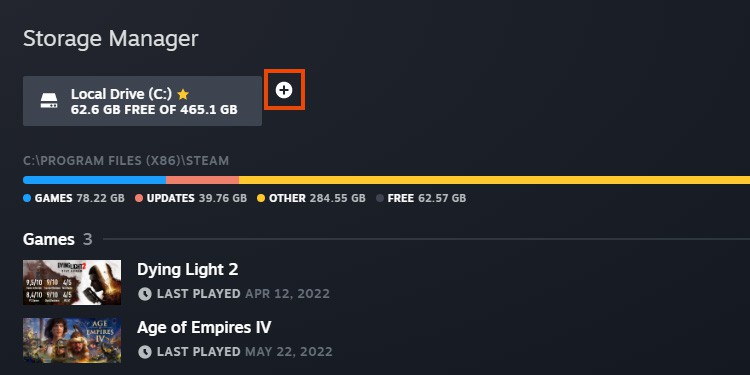
- Select the location.
- After selecting a new installation folder, you can move all your games to the new folder. Check the box, and click “Move.”
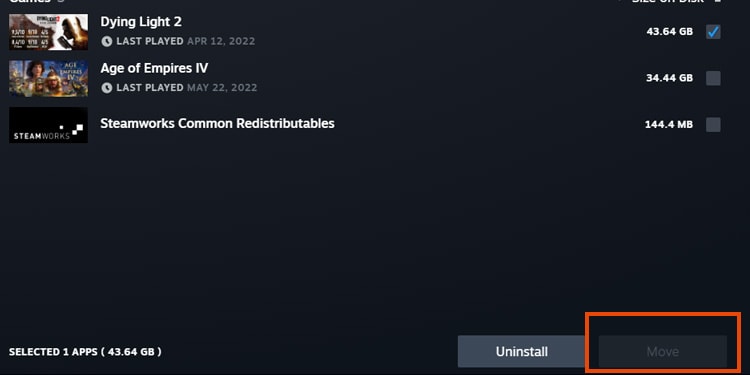
Change the Download Region
Another possible solution is changing the download region. The Steam client is divided into geographical areas, and Steam should detect your region automatically.
However, there could be an issue with your PC’s region, slow connections, or hardware failures.
So, this solution works in two ways. You must change the download region of your PC and your Steam.
Here’s the first part:
- On your Windows PC, type Date on the search bar and open Date & Time.
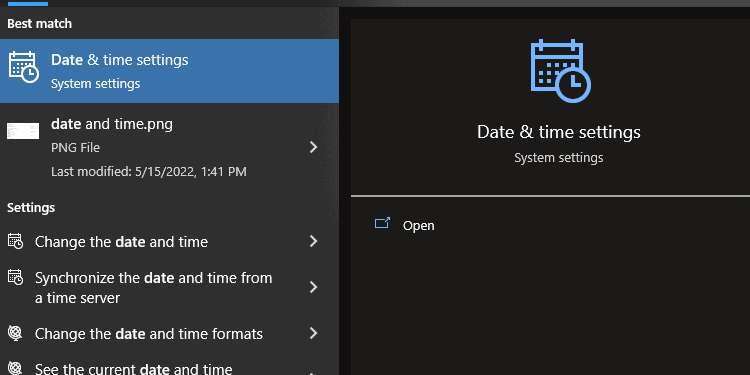
- Check the region is correct.
- If it’s not correct, you have various options. First, try sliding the automatic options ON.
- If it doesn’t work, slide the options off and select manually. Select “Change” to select the date and time manually, and select the Time Zone drop-bar to find your city or region.
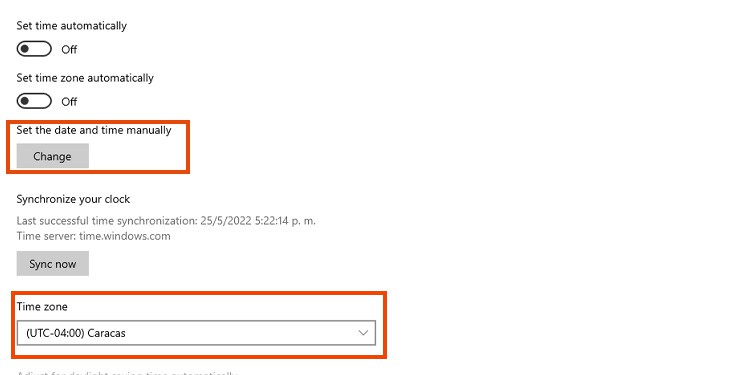
The next step is changing the download region on Steam:
- Open Steam.
- Select Steam at the top left.
- Select Settings.

- Select Downloads.
- Select Download region.
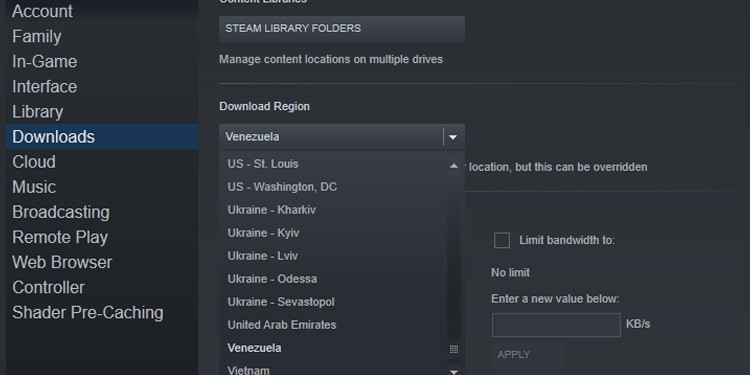
- Select your region on the drop-down menu.
If your region doesn’t work, you may want to select other areas to find the one that works.
Update Windows
The next step to ensure Steam keeps working is updating your PC:
- Type Windows Update on the Windows search bar.
- Open Windows Update.
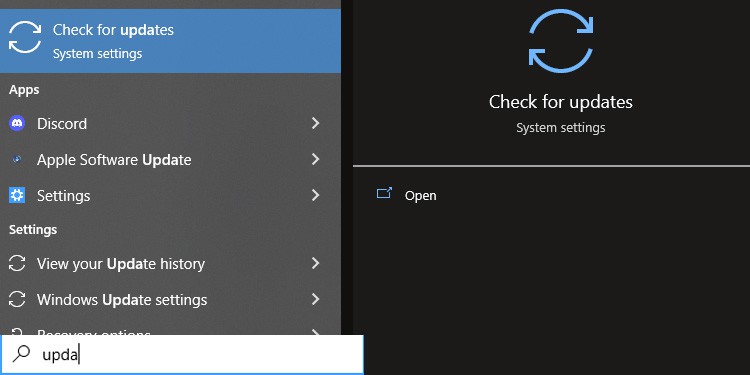
- Click on Check for Updates.
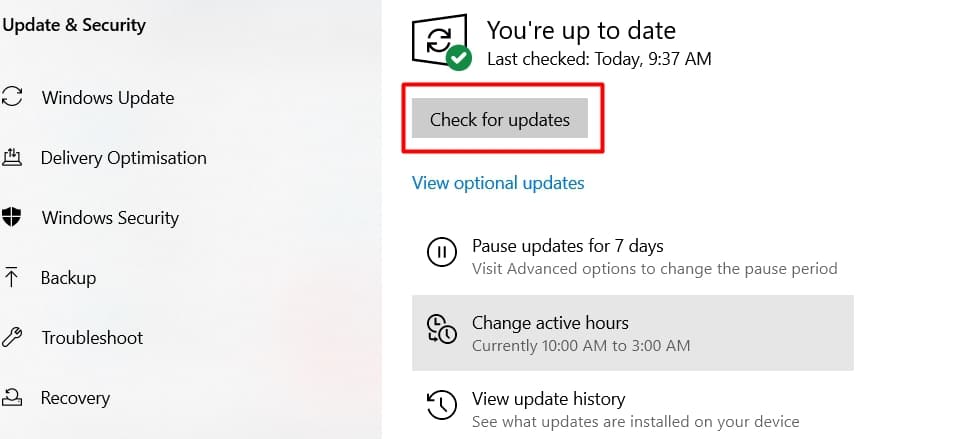
- If there’s an update available, let the compute download and install. You may need to reboot the PC to complete the process.
Add Steam as an Exclusion on Your Antivirus
It’s common for antivirus software to cause issues to Steam. These issues include game crashes, failed downloads, and other related errors.
The solution is also two ways. In essence, though, it’s about telling the security software Steam is not a harmful program.
My tutorial follows Windows Defender, as it’s the software I use. You’d find similar options if you use another antivirus software.
Here’s the first part:
- Type “Virus” on your Windows search bar.
- Open “Virus & threat protection.”
- Click on Manage Settings under “Virus & threat protection.”
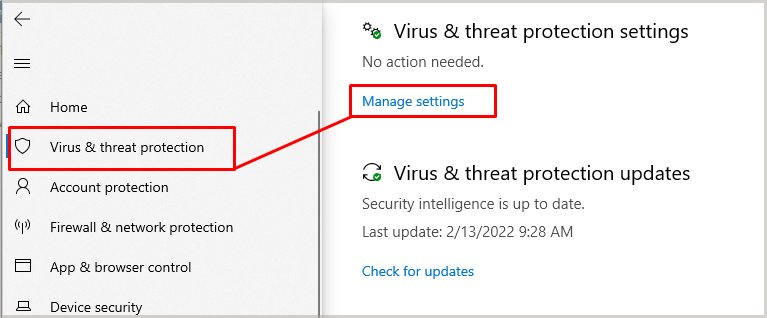
- Under Exclusions, click on Add or remove exclusions.
- Click on Add an exclusion.
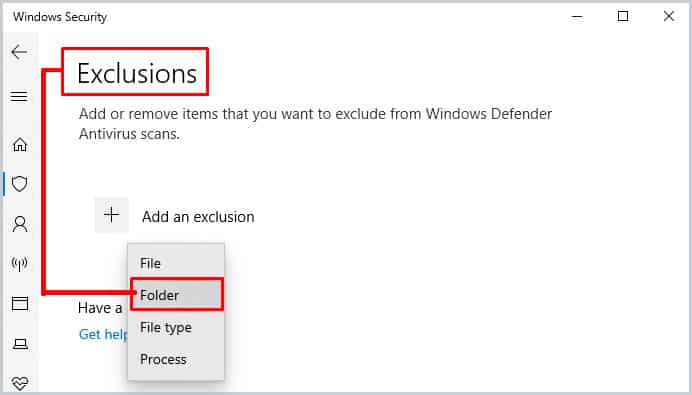
- Select Folder.
- Select the Steam folder. Typically, the address is:
C:\Program Files (x86).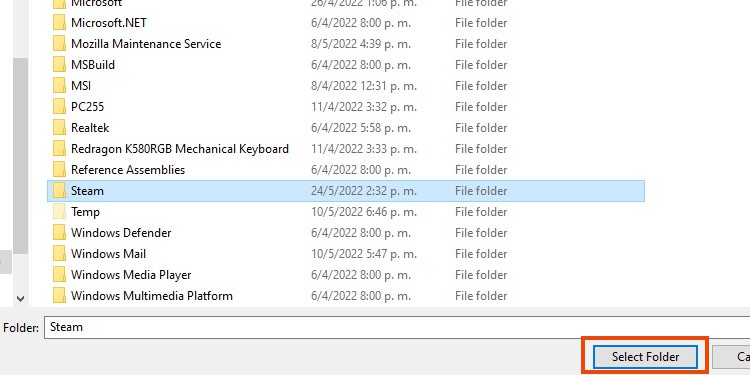
The next step is allowing an app through the “Controlled Folder Access.”
- Go back to Virus & threat protection settings.
- Under Controlled folder access, click on Manage Controlled folder access.
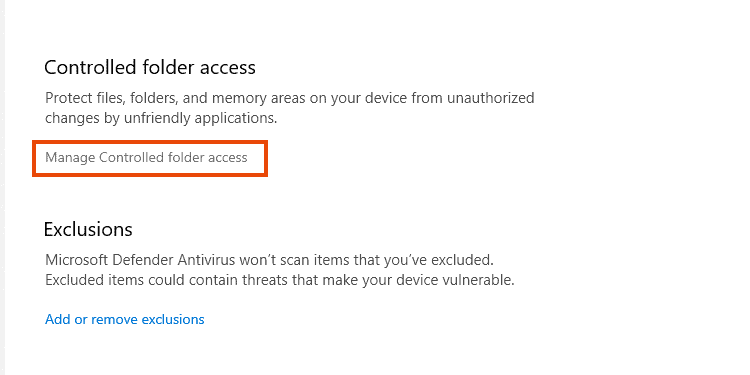
- Select “Allow an app through Controlled folder access.”
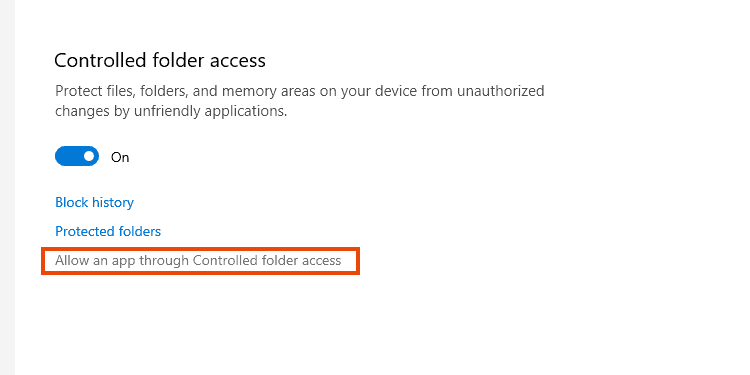
- Click on Add an allowed app.
- Select Browse all apps.
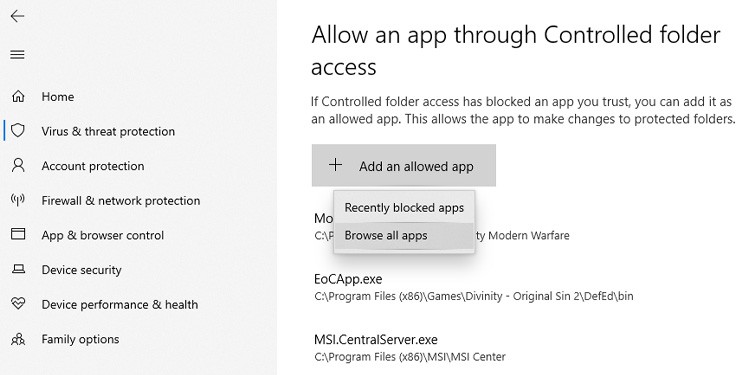
- Select the Steam.exe program. The address is typically
C:\Program Files (x86)\Steam.
Allow Steam Through the Firewall
Let’s now check the Firewall, as you need to allow Steam through the online security software:
- Type Firewall on the Windows search bar.
- Select Firewall & network protection.
- Select “Allow an app through the Firewall.”
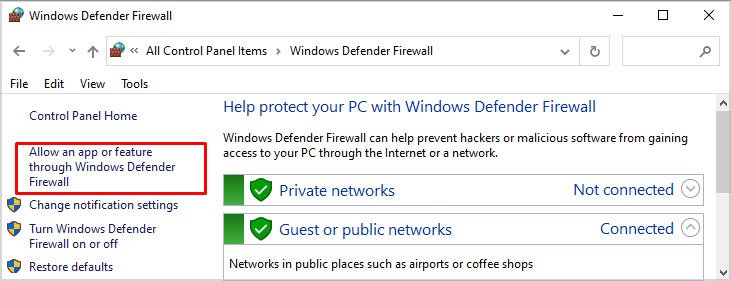
- Select “Change.”
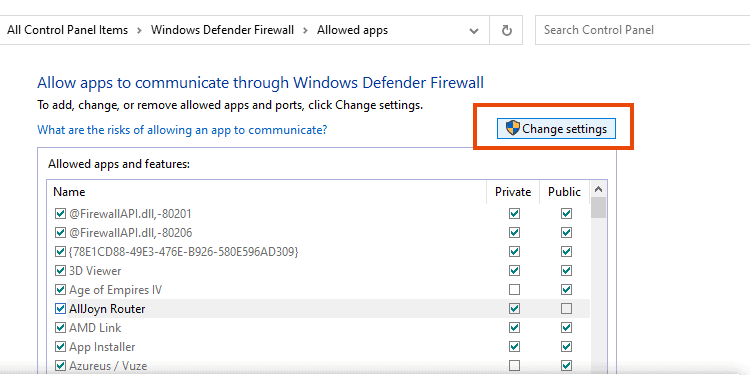
- Select “Allow another app.”
- Select Browse.
- Find the Steam.exe and select it.

- Select Add.
- Click Ok to confirm.
Check Your Hard Drive for Damage
Storage devices can suffer file corruption. It’s common for older drives or drives commonly running under heavy loads (like gaming, animation, or video editing).
Here’s how you can check for errors:
- Go to This PC.
- Right-click the drive you want to check.
- Select Properties.
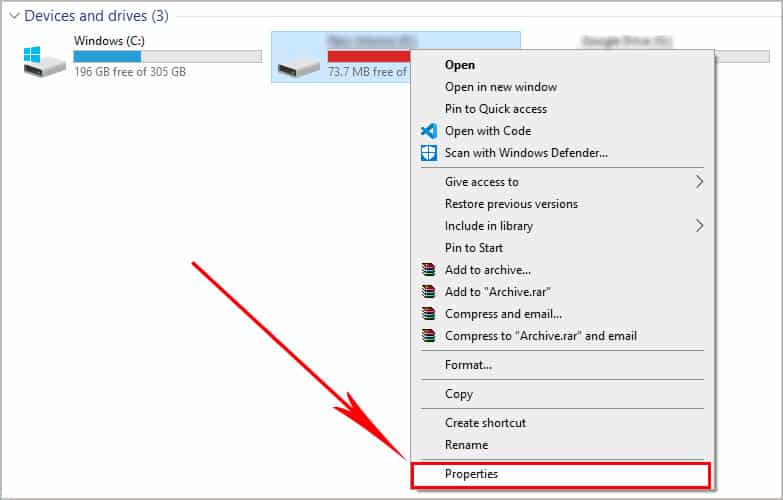
- Select Tools.
- On Error Checking, select Check.
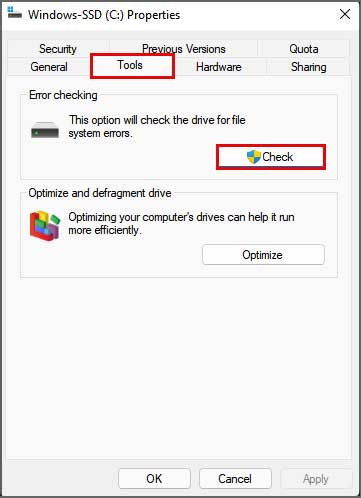
- Let the process finish.
If Windows finds any errors, it will let you know and fix them.
Run a RAM Memory Diagnostic
Your last option is to check if there’re problems with your RAM. If there is, you have two options, changing the RAM or taking the PC or laptop to a professional.
Here’s how to check:
- Type “msdched” on the Windows search bar and open Windows Memory Diagnostic.
- Select one of the two options.
